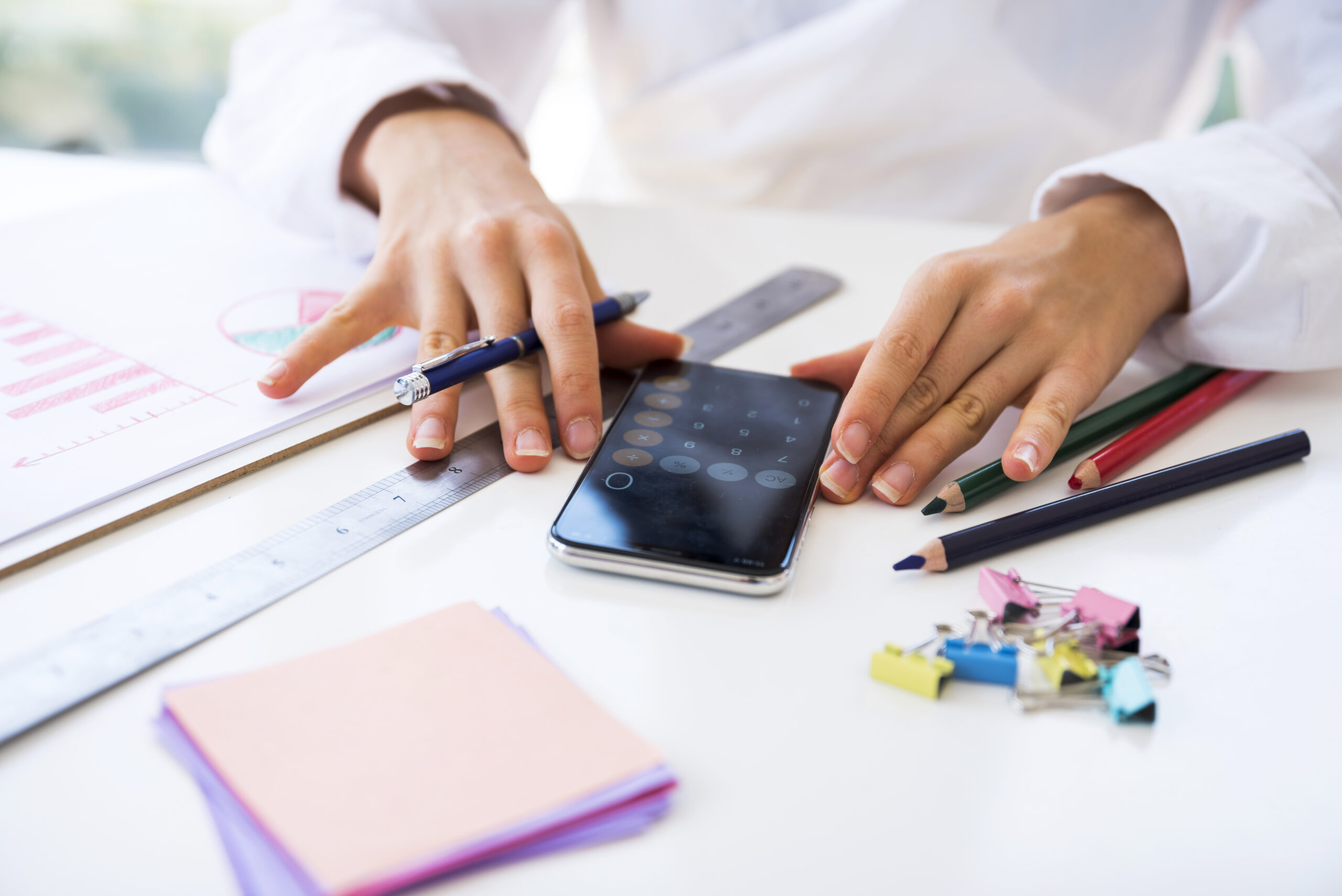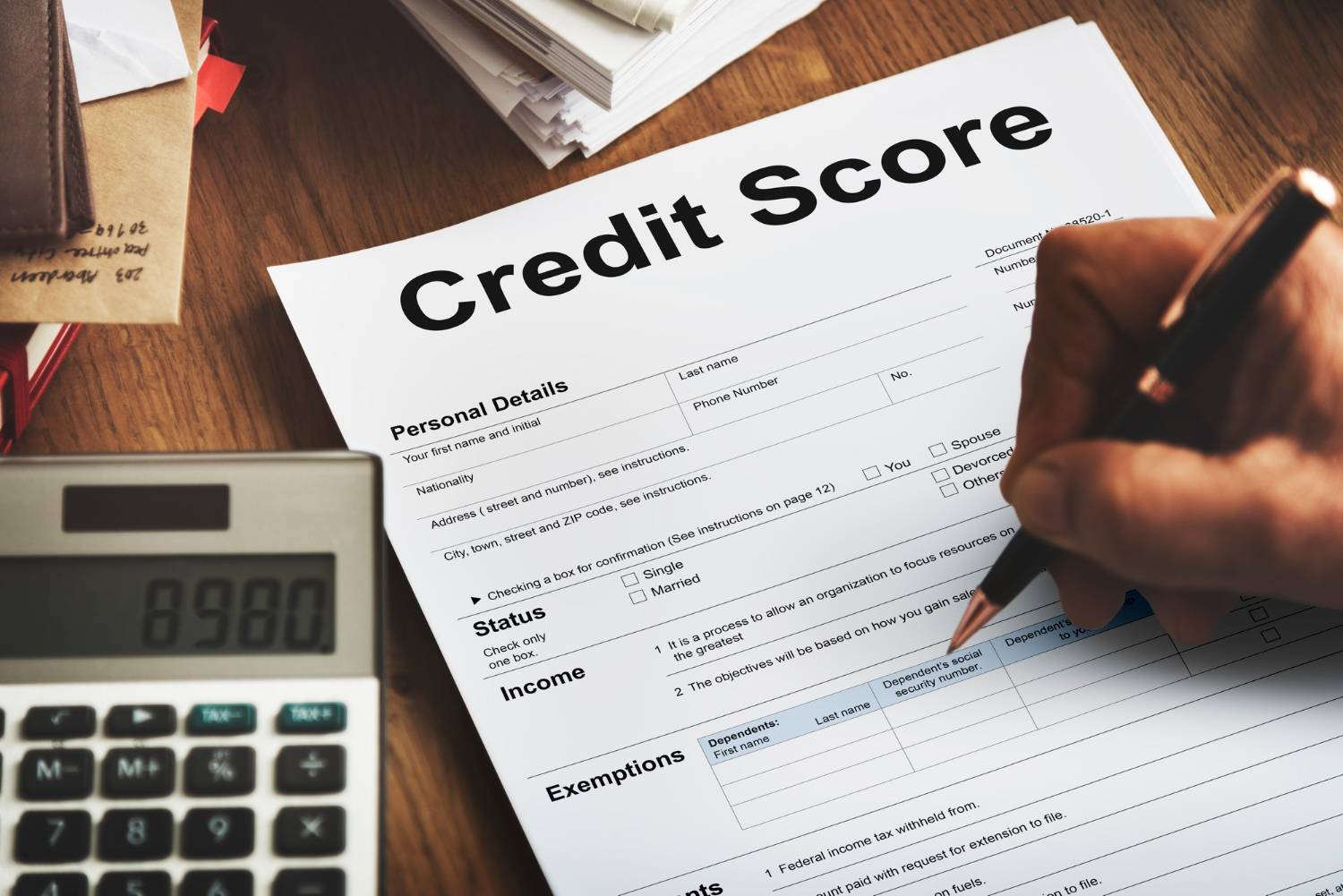Rental Ledger: How-to-guide for Tenants
When are you moving?
Renting in real estate comes with its fair share of paperwork, from putting together rental references, to condition reports, and even just making sure you pay rent on time, there’s a lot to take care of.
With so much on your mind, it’s quite common to let a couple of sheets slip through the cracks, and one that commonly falls off the train of thought is known as a rental ledger.
This sheet, however, could prove to be one of the more useful sheets in your repertoire and set you up for success when you begin to look for your next tenancy tenure at the end of your tenancy.
Connect all your utilities in just 8 minutes
Connect your UtilitiesWhat is a Rental Ledger?
Before diving into the importance of the rent ledger, we first must talk about what it is exactly.
A rental ledger is an all-encompassing statement or record of all the rent and other payments a tenant has lodged with their current property manager or landlord. This ledger would cover the dates that the rent/other payments were made and divulge any rent that has not been paid on the date agreed upon in the tenancy application.
The ledger is commonly stored electronically through rental management software that property managers and landlords in Australia access regularly. This is a far cry to years past when the ledger used to come in the form of a physical document.
While the appearance of the ledger may differ depending on the rental management software used, the tenant ledger will typically include:
- Tenant name(s)
- Date when the rent was paid (and subsequent due date)
- Date when the rent was recorded
- Receipt number along with the amount paid
- Detail of the payment and type of payment (i.e. rent or utility usage, cash or debit)
- Arrears that are applicable
Ledgers may also contain a “paid from” date, insinuating a period when the rent period began according to the tenancy agreement
How to Get the Rental Ledger
Thankfully, receiving your rental ledger isn’t as complicated as other rental applications may suggest.
Tenants simply need to request their rental ledger from their current property manager/landlord, to which the property owner/landlord will send you a copy of your rental ledger, which will be received within seven days.
Tenants are also entitled to receive any copy of receipts and payment ledgers made, should they be requested. The process isn’t difficult, as most agencies will have the software needed to quickly print out a report of your transactions at the click of a button.
Why do you need a Rental Ledger?
The main purpose of accessing your rental ledger is to use the ledger as a reference when applying for a new tenancy at a different rental property.
The ledger will provide a property manager proof of rent payments made on time or even in advance, showcasing your ability to make regular rental payments.
As a renter, the ledger can also assist in any disputes that arise between yourself and a property manager, as you’ll be able to cross-reference your documents to ensure there are no discrepancies or changes to rental income, proving to be a useful form of documentation.
Rental ledgers go hand in hand with a residential tenancy application, as it provides a supporting document to assist in helping you land a new rental. Be sure to include the ledger with a copy of your photo identification, a copy of a recent payslip, and any rental references you have on that hand that could highlight you as a great potential new tenant.
Should you have no prior rental history, look for another form of payment history to assist you, whether that be car repayments or a savings account where you can showcase stable regular payments. For more info on landing a rental agreement/lease agreement with no rental history, check out our article here.
For any further questions about moving home as a whole, we’ve put together the ultimate guide to moving house, which you can check out here. If you’re looking to get an early start on maintaining your new home, check out our home maintenance checklist here.
If you need help getting your utilities connected sorted, please call MyConnect on 1300 854 478 or use the Get Connected form here! All residents from Victoria (VIC), Queensland (QLD), New South Wales (NSW), Australian Capital Territory (ACT), and South Australia (SA) can get connected this very business day. If you’re a first home buyer and you’re unsure about using a utility connection company, this post here can assist you.


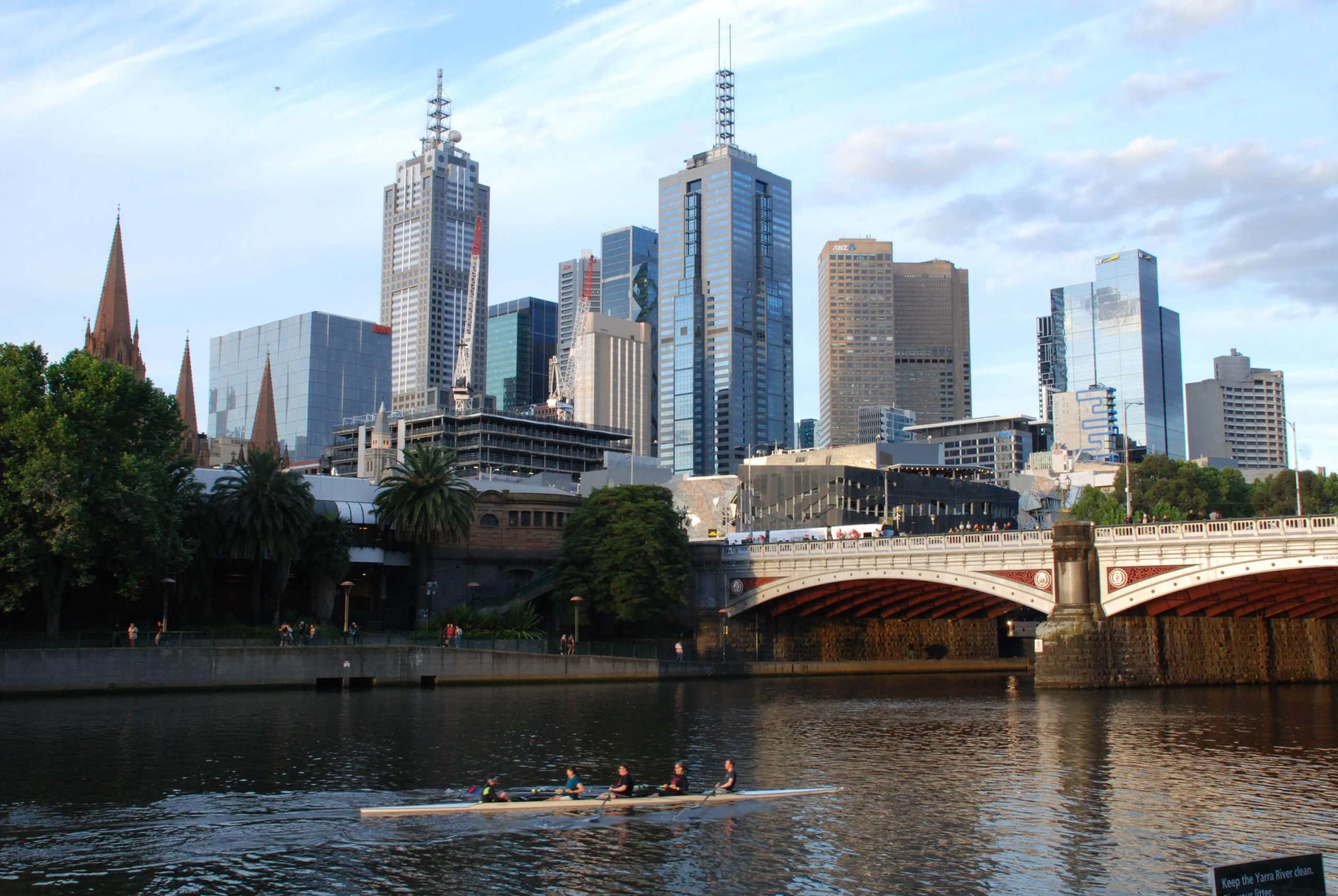
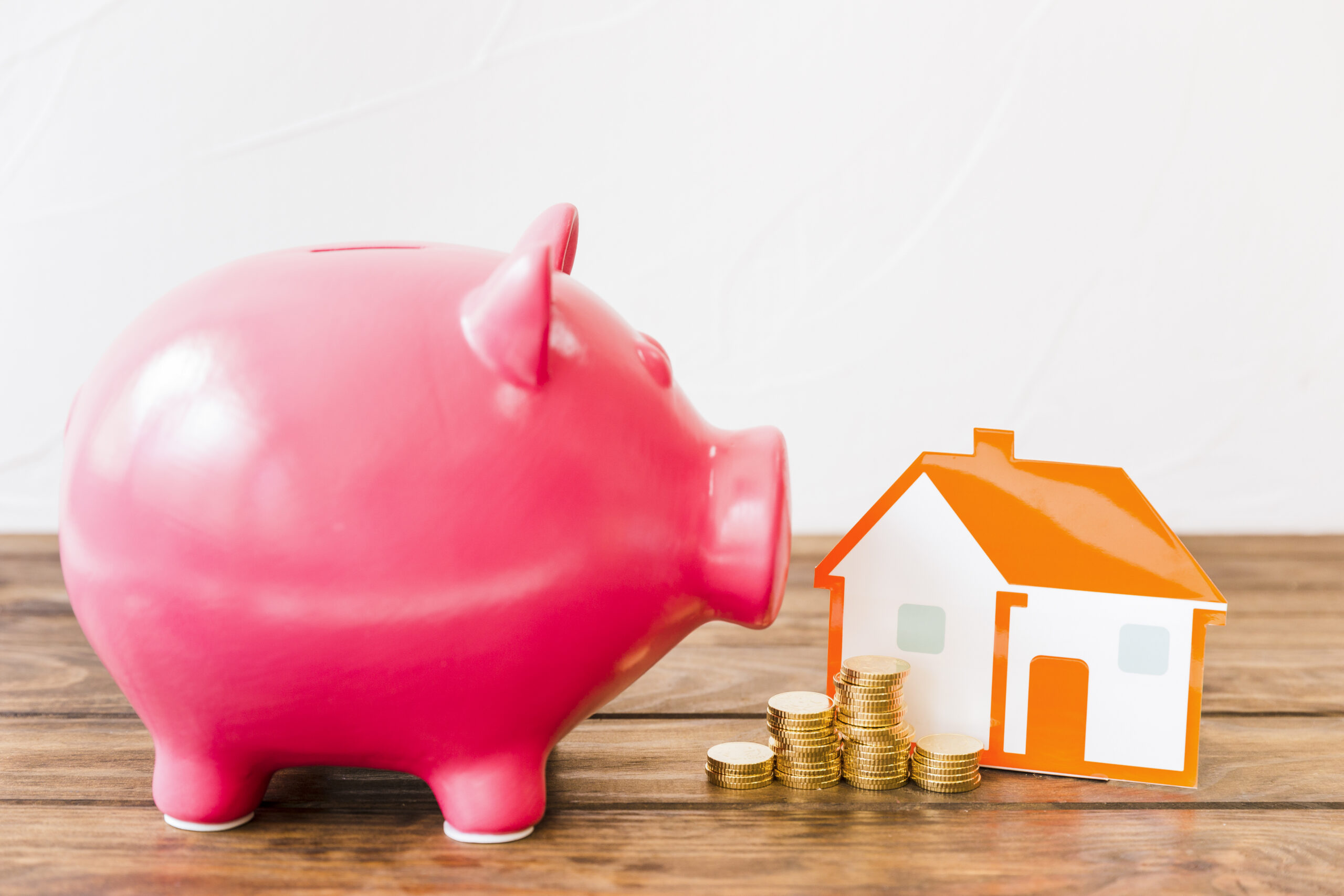
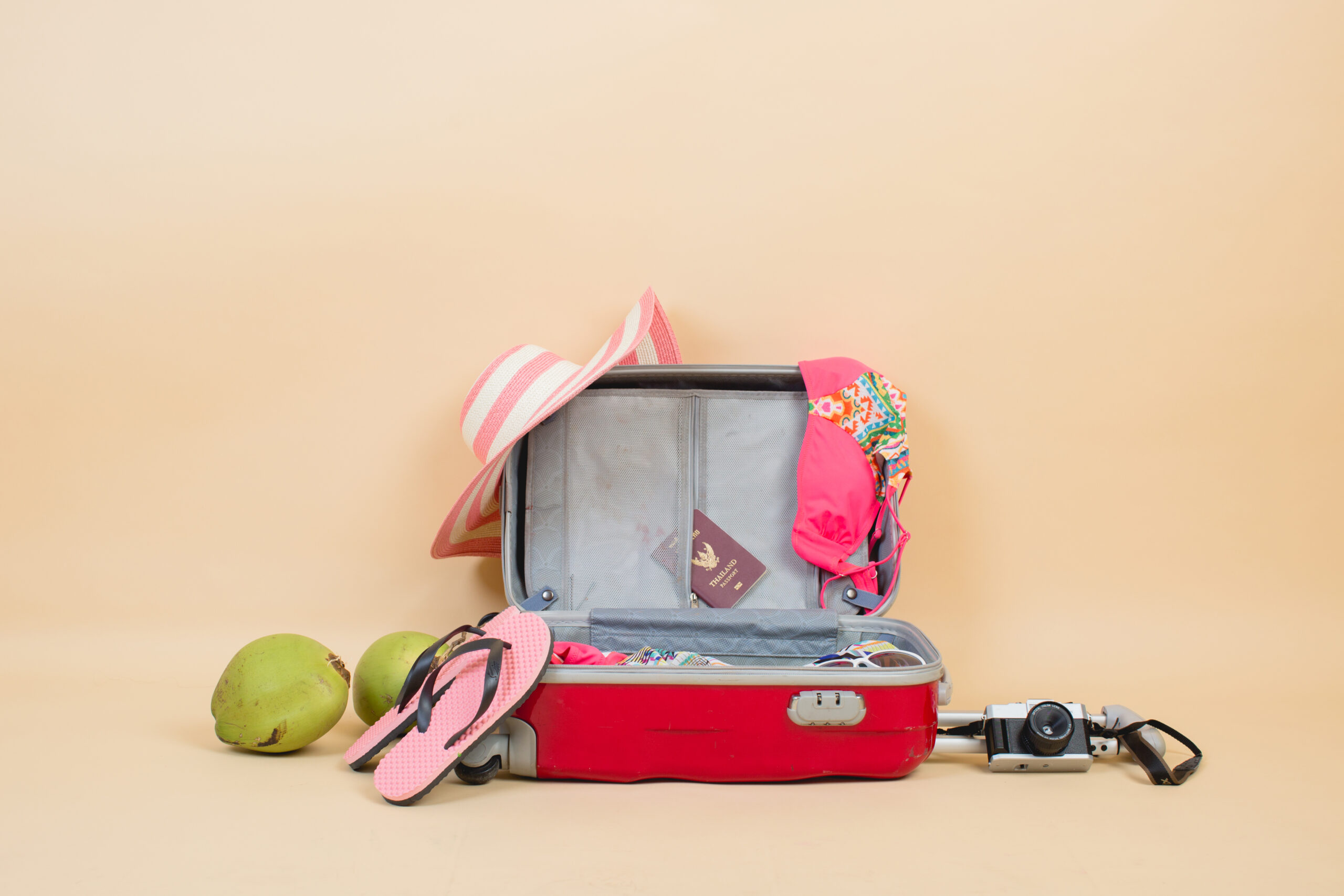
 Justyn Harrison
Justyn Harrison 

